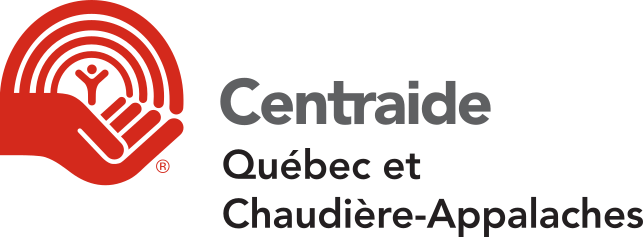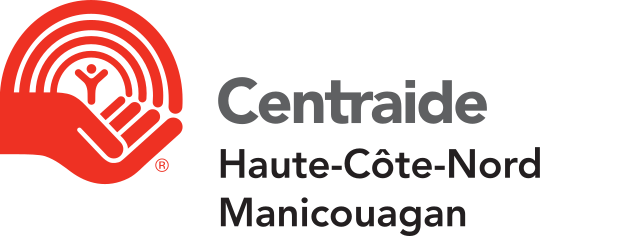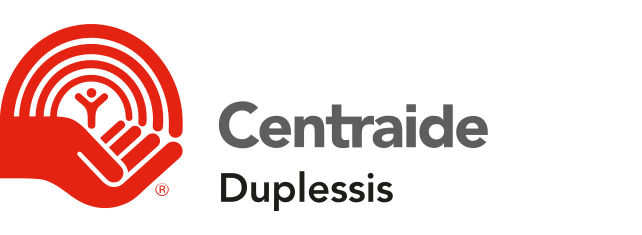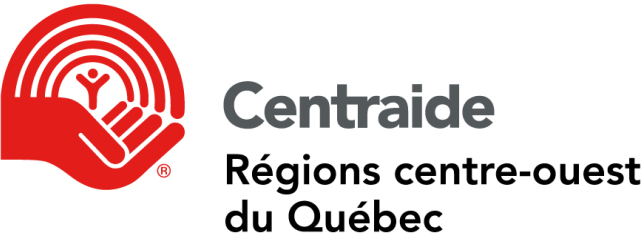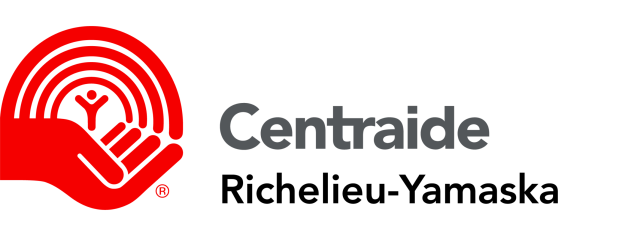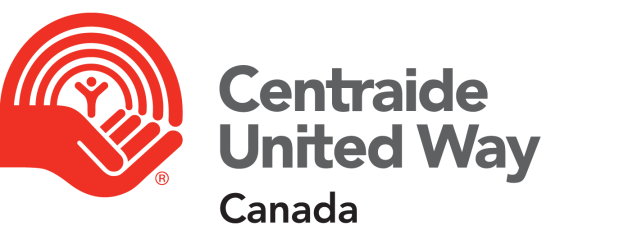[ Browse by Service Category : Law Enforcement Services : Sub-Topics of Crime Prevention (51) ]
Hate Crimes Prevention
Programs that attempt to reduce the incidence of intimidation, property crimes and violence against individuals on the basis of their real or perceived race, religion, ethnicity, national origin, gender, sexual orientation, gender identity or disability through a variety of educational interventions that focus on making people aware of the problem, encouraging people to actively condemn behaviours that promote hate crimes, and helping to develop cultural sensitivity in communities that are experiencing tension or where incidents have already occurred.
Community Crime Prevention Programs
Programs that involve the business, religious or residential community in planning, funding or implementing a crime prevention program, often in cooperation with the local criminal justice system.
General Crime Prevention Programs
Programs that provide information about a wide variety of options which help citizens protect themselves from crime rather than specializing in a particular type of crime prevention.
Youth Violence Prevention
Programs that attempt to reduce the incidence of violent acts committed by youth on the streets, in the schools or in other settings through a variety of educational interventions which may focus on children of various ages, parents, people who work with families, the schools, health care providers, law enforcement officials and/or the community at large. The program may provide information about model/promising prevention and intervention programs and crisis response strategies; descriptions of the risk factors associated with youth violence; research including statistics on violence committed by and against children and teens; outreach; and/or presentations that may be tailored for a variety of audiences.
Bullying Prevention
Programs that attempt to reduce the incidence of bullying, a form of violence among children, on school playgrounds, in neighbourhoods and in homes, through a variety of interventions which may include use of an anonymous questionnaire to assess the nature and prevalence of the problem, development and announcement of an intervention program, open discussions of bullying at school and in other venues, increased supervision of children in areas that are "hotspots" for bullying, arrangements for reporting bullying incidents, immediate intervention when bullying incidents occur, development of protective strategies for targets, formation of support groups for victims of bullies, discussions with parents of involved students, and engagement of community members in support of the program. Most bullying prevention programs are school based and target students in elementary, middle and junior high schools. Bullying can be physical, verbal, or psychological; and involves intentional, repeated hurtful acts, words and other behaviour such as name-calling, threatening or shunning committed by one or more children against another child.
Crime Prevention Equipment/Registries
Programs that operate personal property identification registries and/or pay for or provide devices that can be uses or installed on their property which help to deter criminal activity.
Family Violence Prevention
Programs that attempt to reduce the incidence of child abuse, elder abuse and spouse abuse in family settings through a variety of educational interventions which may focus on children of various ages, parents, people who work with families and/or the community at large.
[ Sub-Topics | View Programs and Services (24) | Related Topics ]
Sexual Assault Prevention
Programs that help people who may be vulnerable to rape, molestation or other forms of sexual assault become aware of the general precautions that can be taken to reduce the risk of becoming a victim, and the alternatives for handling the situation should they be approached or attacked.
[ Sub-Topics | View Programs and Services (12) | Related Topics ]
Sexual Harassment Prevention
Programs that attempt to reduce the incidence of sexual harassment in the workplace, in educational institutions or other settings by helping employers understand the law and their responsibilities regarding the issue, developing sound sexual harassment policies, preparing and implementing awareness and prevention training for administrators and staff, providing confidential and secure reporting procedures for victims and witnesses, conducting appropriate investigations of reported incidents and offering crisis intervention services, when warranted. The program may also provide tips that employees can use to resolve harassment situations themselves and intervention suggestions for employers.
Child Kidnapping Prevention
Programs that attempt to reduce the incidence of child abduction through a variety of educational interventions which may focus on children of various ages, parents, people who work with families and/or the community at large. Delivery formats may include fact sheets, safety tip lists and other informational materials; individual or group educational sessions; and general media campaigns.
Human Trafficking Prevention
Programs that work to prevent or reduce the incidence of human trafficking, i.e., situations in which individuals are abducted, sold, recruited under fraud or pretence or otherwise brought under the control of another person and forced into prostitution or other controlled situations against their will, either domestically within their own country or internationally. While women and children are particularly vulnerable to trafficking for the sex trade, human trafficking also includes individuals who are trafficked into forced marriages or into bonded labour markets such as sweat shops or domestic service. Prevention measures may include training for law enforcement officers, prosecutors and judges; development of legislation that makes trafficking illegal in source and destination countries; and awareness campaigns for potential victims and the community at large that describe the tactics criminal groups use to coerce and traffic potential victims, what people at risk can do to protect themselves against illegitimate groups, how to identify trafficking victims, the rights of trafficking victims and how to get help. Also included are law enforcement and prevention efforts that focus on the sources of demand for trafficked services; development of responsive and culturally competent trafficking intervention systems that people can trust; and other activities that support the rights and address the needs of trafficking victims, penalize and impede the activities of perpetrators and motivate the community to become involved in the issue.
Juvenile Delinquency Prevention
Programs that offer a variety of activities for youth who are at risk for behaviour which is likely to involve them in the juvenile justice system with the objective of assisting them to improve self-esteem, to become aware of alternative ways of dealing with feelings and leisure time, and to take responsibility for the consequences of their actions. Included may be counselling, rap and discussion groups, tutoring, companionship programs, alternative peer group experiences and supervised recreational activities.
Radicalization and Violent Extremism Prevention
Programs that work to lower the threat of local terrorism by individuals or small groups who have been recruited online or by other means to adopt an extremist belief system that supports the use of violence against people to achieve ideological, religious or political goals. Programs seeking to counter violent extremism strive to educate communities and increase their resilience against the impact of extremist recruitment narratives, sometimes with counter-narratives; provide forums for discussing issues such as civil rights, discrimination and hate crimes and associated grievances; encourage community led interventions to halt radicalization at an early stage and address social alienation; help families identify instances of provocation and employ de-escalation strategies aimed at presenting opportunities for the individual to abandon the path of radicalization; and implement other community based approaches.
The above terms and definitions are part of the Taxonomy of Human Services, used here by permission of INFO LINE of Los Angeles.

